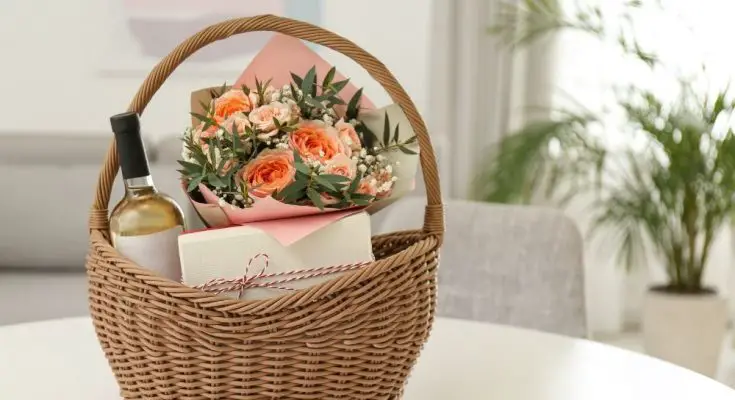Gift-giving plays a prominent role in numerous societal conventions, from birthdays and weddings to care packages and get-well wishes. It also occurs in various cultures in an assortment of ways, such as the Chinese New Year ang pao, the Hari Raya sampul hijau, and Day of the Dead offerings. But when did gift-giving become a prominent societal practice, and how has it changed over the years? Here’s a brief history of gift-giving traditions.
Prehistoric Times
Historians have discovered the presence of gifts dating back to the first signs of human origin. Gifting was used as a means of encouragement within cave clans. When people presented food or other survival necessities to fellow community members, it proved their survival abilities and demonstrated their physical strength against the harsh environment. When a clan member provided their group with food, built a suitable shelter, or fended off beasts, leaders often rewarded them with food or a vow of protection to encourage others to follow suit.
Ancient Civilization
Ancient Egyptians, Greeks, Mayans, Aztecs, and Vikings regularly sent their gods gifts as a form of worship. For many of these civilizations, gifts to the gods often came in the form of sacrifice. Most offerings were given to show affection, but other times, people offered up gifts in the hopes of receiving something in return. Other ancient forms of gift exchanges included showering royalty or high-ranking members with treasures, trade agreements, war pacts, or courting.
Victorian Era
In the Common Era, gift-giving began to occur more formally and transformed into traditions. During the Victorian age, birthdays and Christmas still didn’t typically involve gift-giving in the way they do now. Instead, people often celebrated occasions with elegant feasts. However, on New Year’s Eve, people commonly exchanged small handmade trinkets, fruits, and nuts as symbols of good luck for the upcoming year.
Colonial Period
During the American colonial period, gift-giving primarily appeared as a form of trade. Some European settlers in the New World, while still under the rule of England, acted as Native American agents. These agents visited Native American communities promising and gifting various Western goods ranging from weapons to alcohol on behalf of the Crown. The agent’s gifts symbolized a negotiation of peace, cultivation of relationships, and—later on—a promise that the Native Americans would fight alongside the redcoats instead of the rebels.
Modern Day
With the growth of religions, new traditions, and worldly goods, gift-giving transformed into how we know it today. Gifts themselves now adapt as time passes and new trends arrive. Before, toys and flowers were common gift ideas. Now, aligning with current movements, gift baskets are more popular for several reasons; eco-friendly goods and wrapping methods are ideal; and activities often make better gifts than material items.
Across this brief history of gift-giving traditions, one consistent feature of gifting is the response to and symbolism of gifts. Acting as tokens of appreciation and forms of bond and duty, gifts hold a lot of power in creating and maintaining relationships with yourself and others. As time goes on, as long as relationships are being built, gifting seems to follow.



